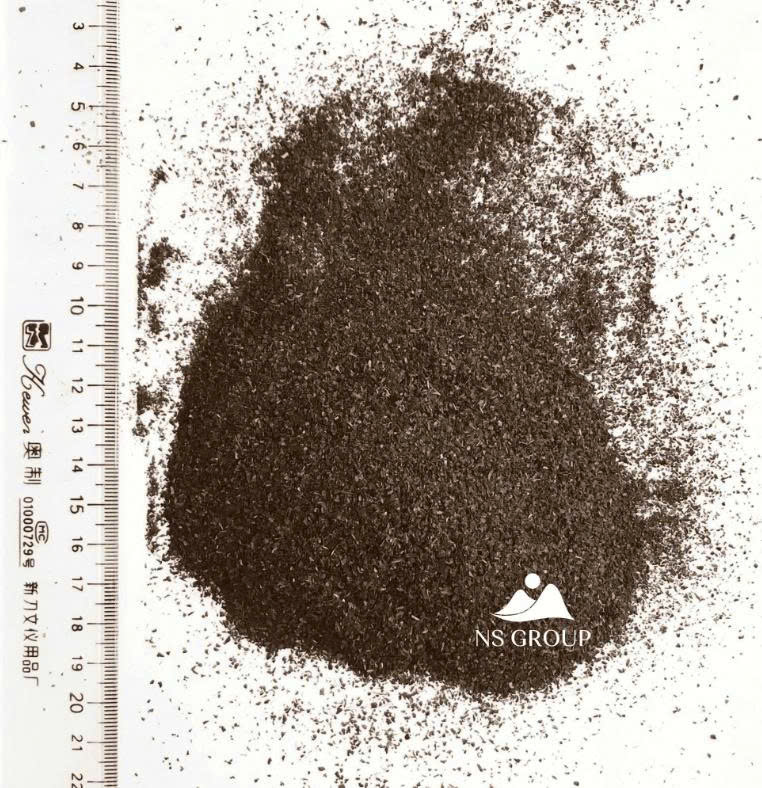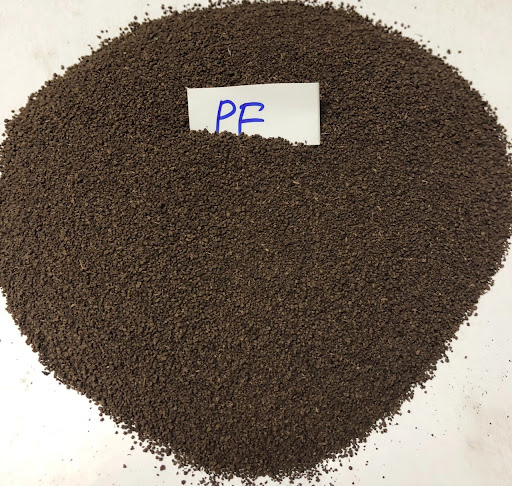In the world of black tea, the grading system plays a crucial role in determining the quality, appearance, and flavor of the tea. Two popular black tea grades, PF (Pekoe Fanning) and Fanning, offer unique characteristics that influence the flavor, aroma, and strength of the brew. In this article, we will explore the differences between PF and Fanning, and how these grades impact the tea-drinking experience.
1. What is PF (Pekoe Fanning)?

PF, or Pekoe Fanning, is a grade of black tea that consists of small broken tea leaves and tea dust. This grade is commonly used in tea bags because the small tea particles dissolve quickly, creating a bold and robust flavor. Here are the key characteristics of PF:
- Appearance: PF consists of small tea particles, usually without any buds. The small size allows the tea to brew quickly and deliver a strong flavor.
- Flavor: PF offers a strong, bold flavor with a slight astringency. The taste is straightforward and simple, making it ideal for those who prefer a more intense tea.
- Brewing Characteristics: Due to the small tea particles, PF brews quickly, producing a strong cup in a short amount of time. It is an excellent choice for tea bags and is often enjoyed with milk or sugar.
2. What is Fanning Tea?

Fanning is another tea grade, similar to PF, but with slightly larger tea leaves. The term “Fanning” may also refer to smaller grades of tea used in tea bags.
- Appearance: Fanning consists of small tea leaves that are larger than those in PF. It typically does not contain, or contains very few, buds, resulting in a more uniform appearance.
- Flavor: Fanning provides a strong, full-bodied flavor but is not as intense as PF. The flavor is more balanced and usually less astringent than PF.
- Brewing Characteristics: Like PF, Fanning brews quickly and can be used in commercial tea bags. It delivers a strong cup but with a less overpowering taste compared to PF.
3. Key Differences Between PF and Fanning
Here are the main differences between PF and Fanning in terms of appearance, flavor, and brewing quality:
- Appearance: PF consists of smaller tea particles with no buds, while Fanning has larger tea leaves, usually without or with very few buds. PF appears more coarse, while Fanning looks more uniform.
- Flavor and Aroma: PF has a stronger, bolder flavor with a slight astringency, while Fanning offers a rich flavor that is less astringent and more balanced.
- Brewing Time: PF brews faster due to the smaller tea particles, while Fanning also brews quickly but may require slightly more time to extract the full flavor.
- Use in Tea Bags: Both PF and Fanning are commonly used in tea bags, but PF is a more popular choice for stronger, quicker brews.
4. When to Choose PF or Fanning?
The choice between PF and Fanning depends on your personal preferences and the type of tea experience you are looking for:
- Choose PF If:
-
- You enjoy a strong, bold flavor, especially in the morning.
- You want a quick, robust cup of tea.
- You often add milk or sugar to your tea, as PF pairs well with these ingredients.
- Choose Fanning If:
-
- You prefer a full-bodied tea with less astringency and a smoother taste.
- You want a fast brew, but with a slightly less intense flavor than PF.
- You like a balanced cup of tea that you can enjoy throughout the day.
5. Conclusion: PF and Fanning – Which is Better?
There is no definitive answer as to which type is “better” since it completely depends on personal taste and brewing preferences. PF is a great choice for those who love a bold, robust tea that brews quickly, while Fanning offers a rich, full flavor with less astringency and is easier to drink. Both grades have their own distinct characteristics and contribute to different tea experiences, so exploring both can help you discover the tea that best suits your palate.
